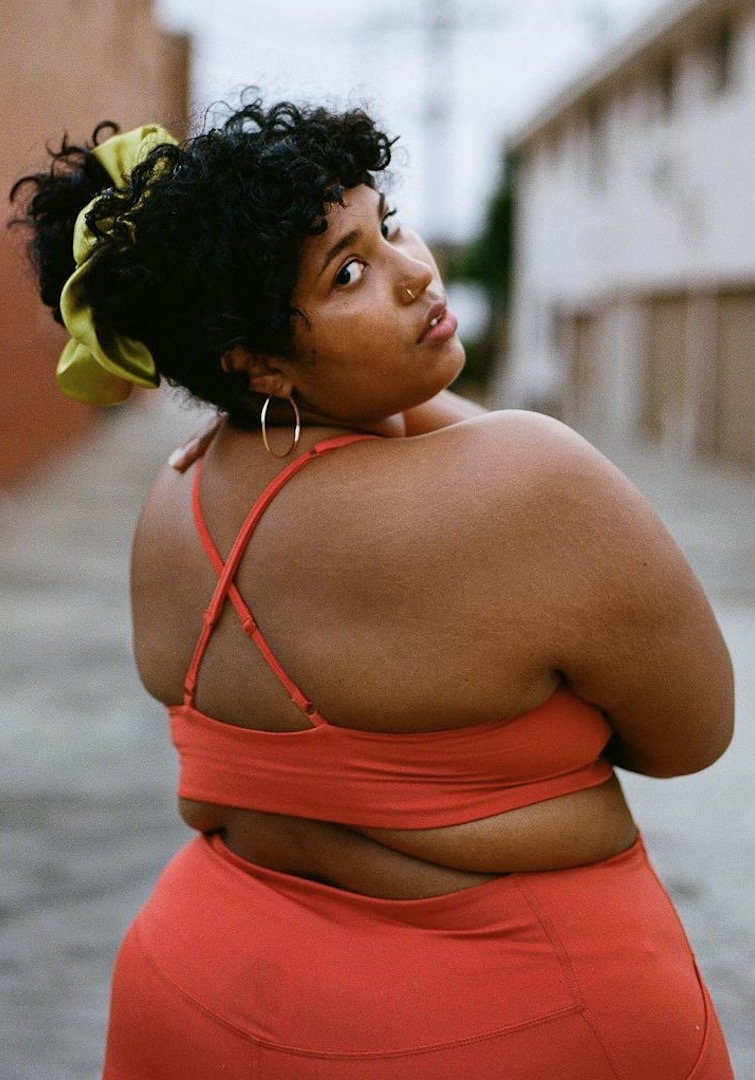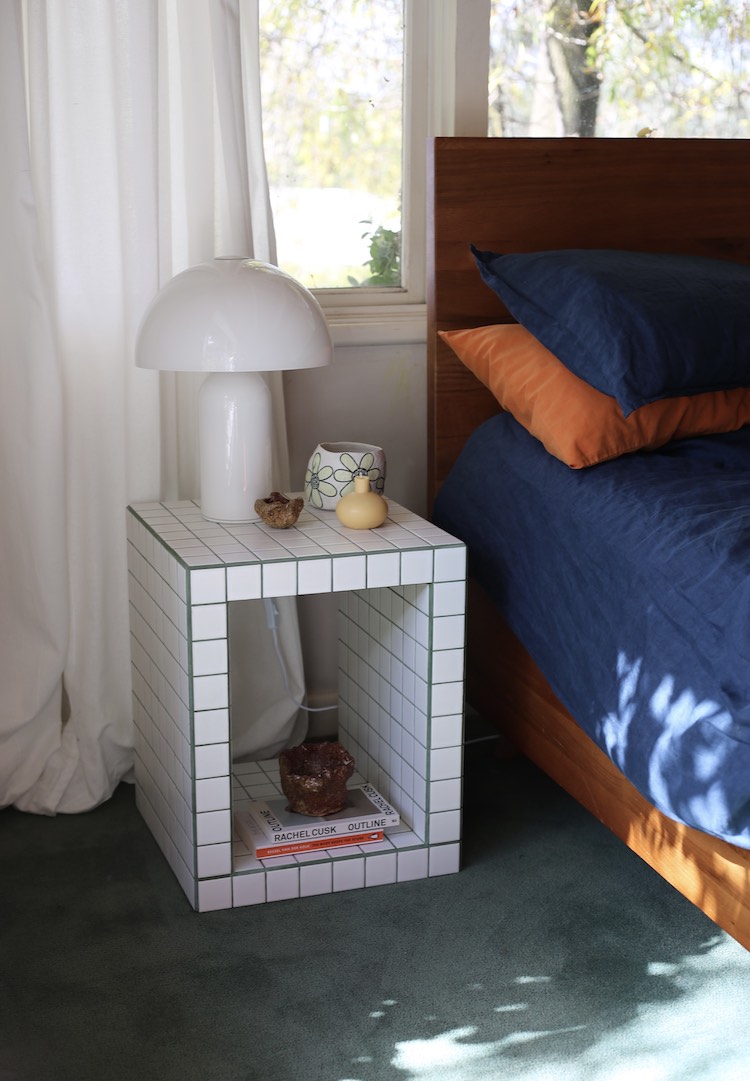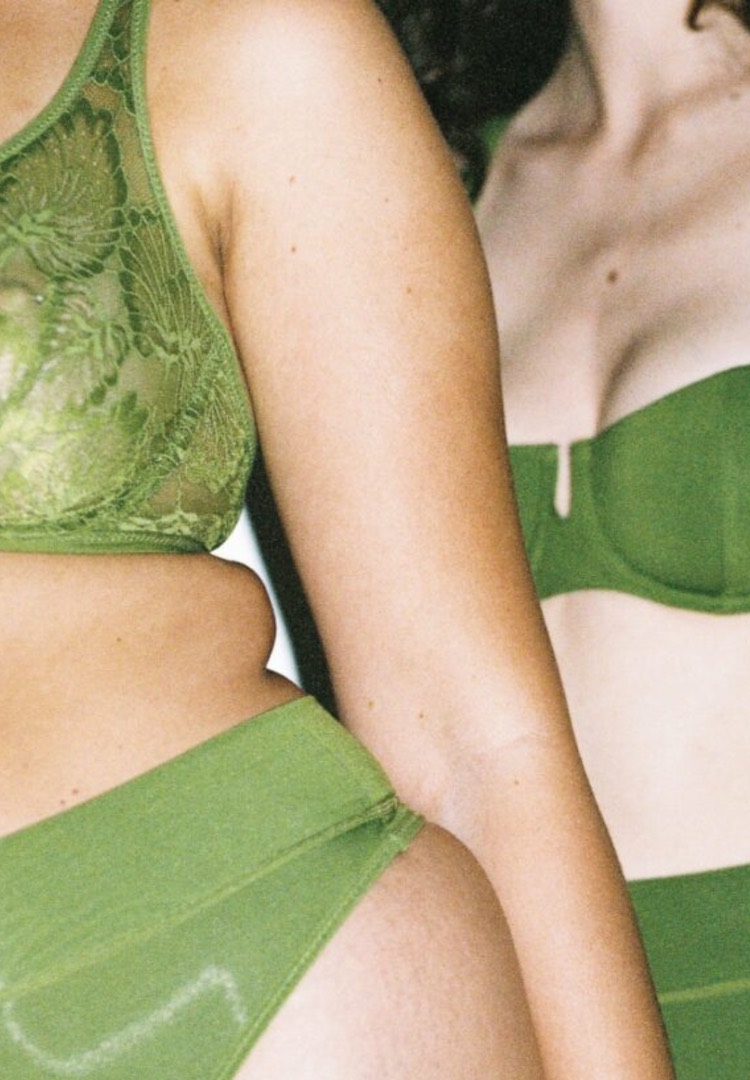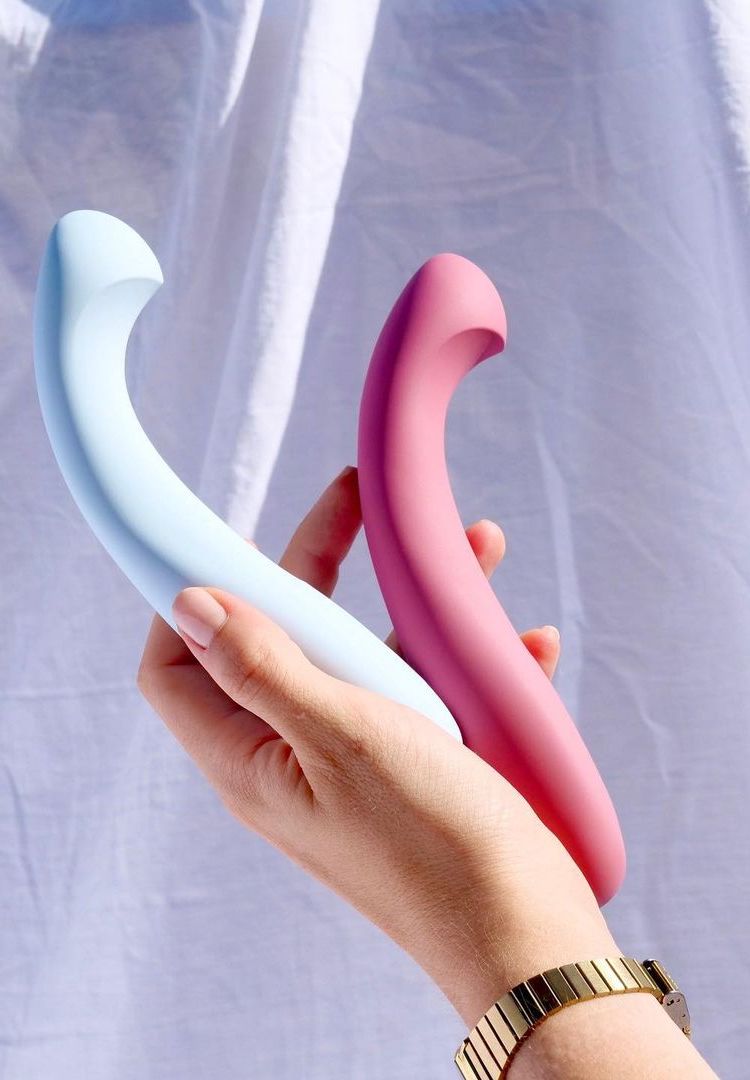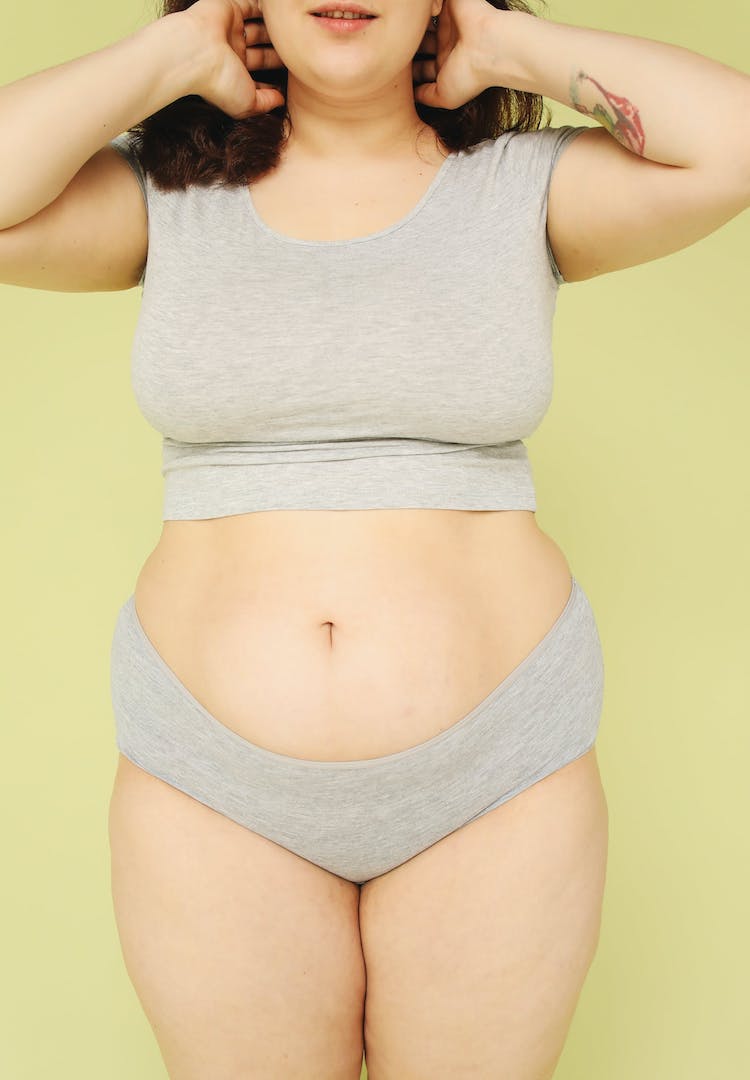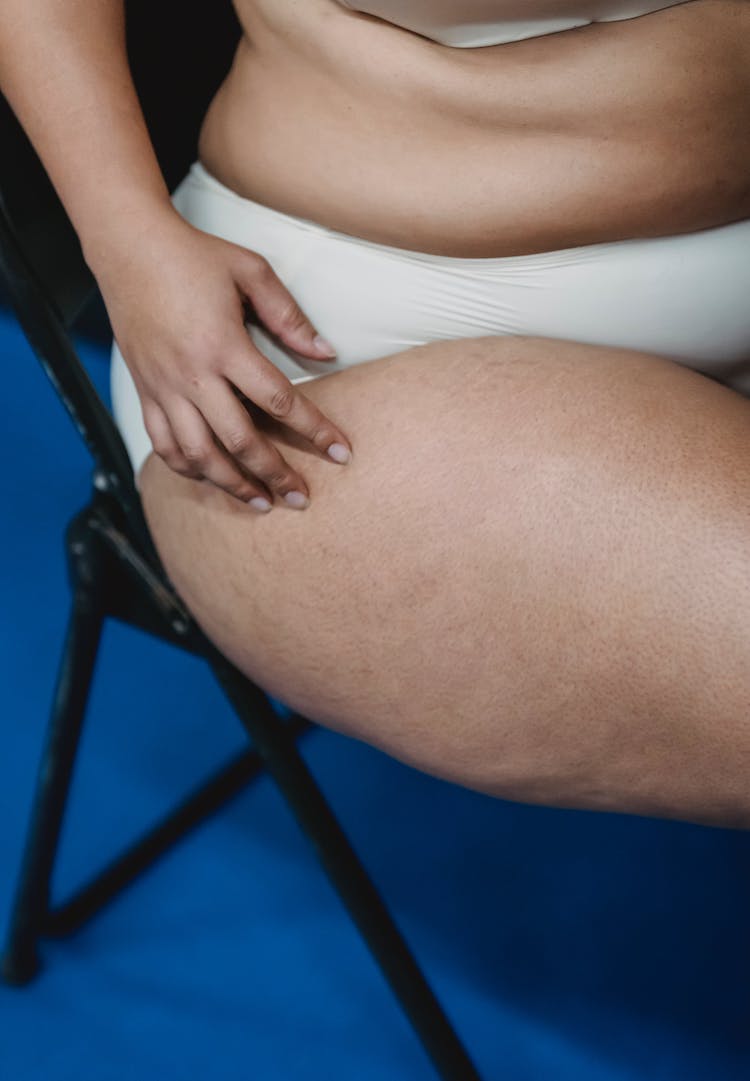Is activewear having a negative affect on my vaginal health?
IMAGE VIA GIRLFRIEND
WORDS BY HANNAH COLE
Leggings vs. your vaginal microbiome.
Like many people who turn to dress as a source of creativity and joy, I’m still trying to figure out what the pandemic and, more recently, working from home have done to my style.
Previously, I prided myself on strategic pairings of accessories and garments so that no two days were ever identical. It was a way to play and express myself, a daily thought provocation.
For more sexual health advice, head on over to our Life section.
Now, I have entered the expanding cosmos of elasticised waists and stretchy legs. Leggings and bike shorts are the key components of my wardrobe, reflecting the massive growth many athleisure brands experienced last year.
I’m attempting to squish on a pair of jeans every few days as a way of enforcing ‘work mode’, but I can’t deny that there are days – frequently multiple in a row – that I wallow about in activewear. It’s comfortable and cosy. I feel like I can move freely. There’s the option to do a downward dog or squeeze in a few squats at any moment if desired (it’s the thought that counts).
But at some point in my young womanhood, I can recall a warning voice telling me to remove my leggings straight after exercising… or else. Do not pass go, just get those damned things off! It’s a message I have willfully ignored for the last year. However, as I continue to learn about feminine health, I’ve wondered if this global dress sensation might prove disastrous for women.
Could wearing elasticised leggings and sculpting bike shorts be detrimental to our health? To put my queries to bed, I spoke to Moira Bradfield, a naturopath, acupuncturist and founder of Intimate Ecology, a clinic specialising in naturopathic support for vaginal health.
Is it true that activewear can negatively impact vaginal health?
According to Moira, this is something that we certainly should consider. Of course, wearing athleisure for extended periods may not cause suffering for everyone because if this were the case, as she says, “We would have a lot more people being very aware of it”. Still, it is important to understand the potential impact.
Essentially, if you have pre-existing issues – whether it’s recurrent thrush, discharge or itch – it’s crucial to be mindful. “The vaginal microbiome – which regulates health in this area – is relatively robust,” Moira mentions. “It fluctuates over the course of a month, but it does recover quite well if it’s got the resources to do that.”
But if you are already susceptible or are currently experiencing vaginal discomfort, going to the gym or working out at home and staying in your activewear afterwards may be the source of another uncomfortable flare-up. While that doesn’t apply to many of us, it doesn’t mean we shouldn’t pay attention and wisen up when it comes to our athleisure purchases.
How can we provide care while maintaining comfort?
We’ve all seen the growing trend towards using recycled plastics in fashion; it’s overtaking the activewear market, but it doesn’t come without its downfalls. It’s still up for debate whether these fabrications are truly sustainable (microfibres, etc), but Moira also questions their impact on our health.
“What that means is we are wearing plastic clothes, and that is not necessarily something that is aligned with vaginal health in terms of breathability and moisture,” she notes. For those who are particularly susceptible, this could trigger or prevent healing and recovery in the area.
Generally, comfortable and stretchy clothing has an element of the synthetic, typically polyester or elastane, to create the incredibly wearable effect. As a preventative measure, Moira suggests seeking out natural fibres, which are far more breathable and also tick the eco-friendly box. These qualities are important when considering the vaginal area, and greater breathability and moisture-wicking helps reduce infections and irritation.
She emphasises that it’s essential to read the fabrication labels carefully. “It’s about what is that blend? How close to being natural or pure natural fibre can we get without compromising comfort and fit?” There is also a selection of local brands guiding natural-fibre-based athletic wear towards the forefront, made from bamboo and Lyocell (try Boody, Bhumi or We-Ar, for example).
Organic cotton is another safe option and camping stores are worth a visit, too – merino wool underwear and leggings are perfect for lounging with ease. Wearing underwear of a natural fibre with athleticwear on top is another way to add a layer of protection. Keep bamboo or cotton close to your body to create a barrier of sorts, as a pair of synthetic underwear with regular leggings may create a disturbance down there.
What else can we do to support this area?
Even with my all-girls school attendance, my knowledge of vaginal health is slim. So before I let Moira get back to her critical duties, I asked for additional wisdom. Namely, how can young women best look after their vaginas?
“Start thinking about it as an environment that we need to nurture and protect,” she tells me. Buy underwear made from natural fabrics and save the sexy, synthetic pieces for special occasions (although I would argue, natural can be sexy too). Wash new clothing before you wear it (some of the chemicals our clothes are treated with may cause allergic reactions). Minimise your care routine: no harsh soaps, floral-flavoured wipes and feminine washes.
Importantly, go to your GP if you notice any changes – an itch, irritation, discharge or odour. Moira notes the tendency to worry over actually taking action. Instead, get a swab, seek support, and understand the issue. Don’t attempt to self-manage, self-diagnose, and catastrophise.
“It’s a pretty interesting piece of body tech that knows how to look after itself if you look after it,” says Moira. Sisters have to help each other out, so maybe it’s time you paid a little more attention to your vaginal health. And remember, it doesn’t have to come at the cost of comfort.
For more information on vaginal health, head here.


